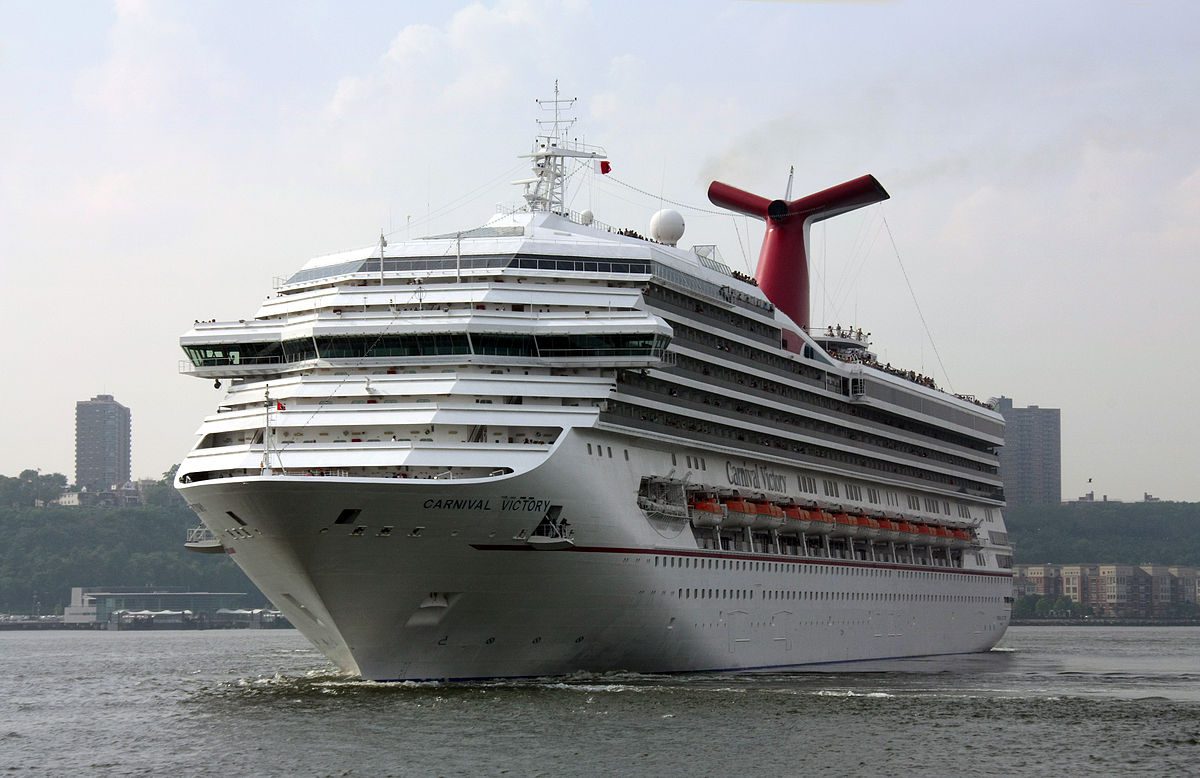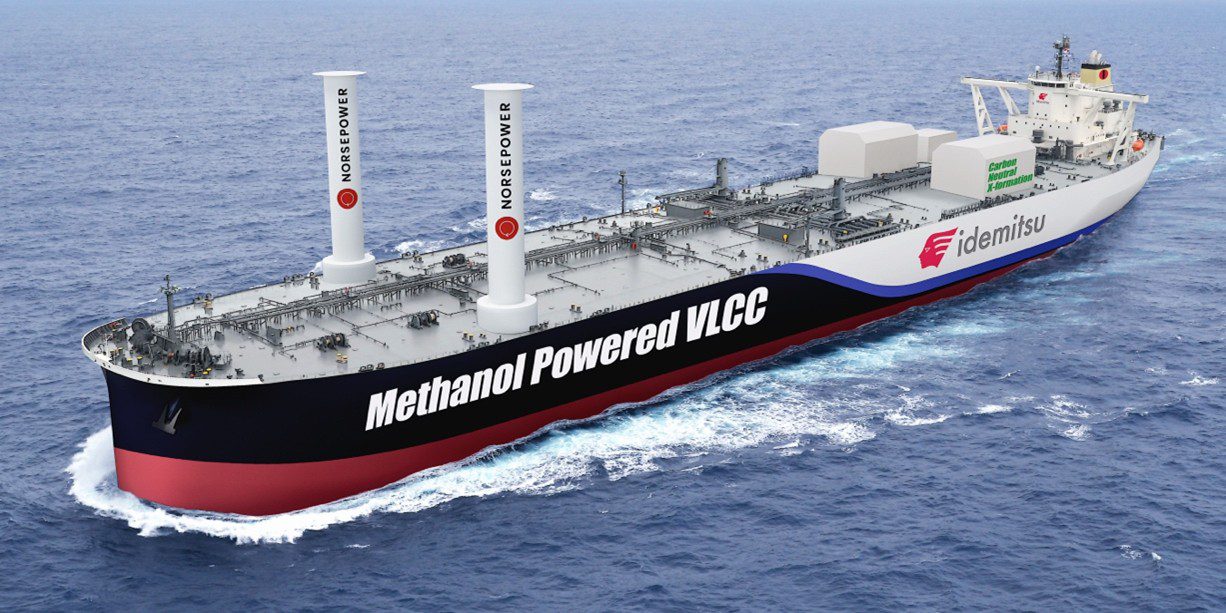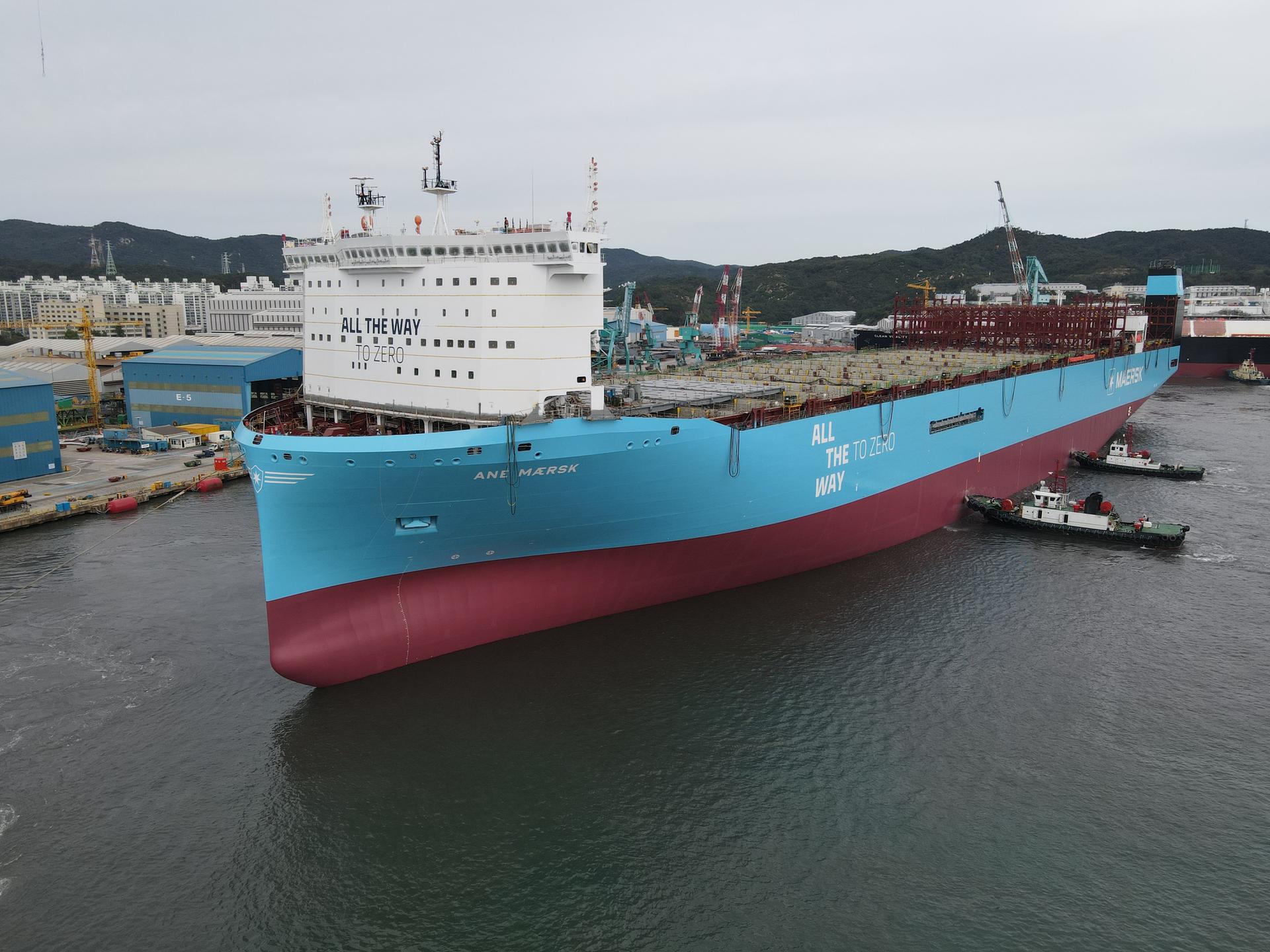Carnival Victory. File Photo: Tomas Fano / CC BY-SA 2.0
By Fran Golden (Bloomberg) — On a recent four-night cruise to the Bahamas on the 2,758-passenger Carnival Victory, a lively crowd was downing neon drinks at an equally fluorescent bar in the ship’s multi-story atrium. The casino was packed and smoky. This was old-school cruising, and everyone was loving it.
Most ships have an official lifespan of 30 years, the amount of time it takes for the asset to depreciate to 15 percent of its original book value. By that measure, the 18-year-old Carnival Victory has passed the theoretical prime of her life.
She’s still quite the moneymaker. By focusing on short, three- and four-night sailings from Miami to the Bahamas and back, the aesthetically outdated ship carries twice as many passengers per year as many similarly sized vessels. In fact, the Carnival Victory is just one of the many middle-aged and elderly ships that were built during a cruise boom in the 1990s but now make up a multibillion-dollar portion of the cruise industry.
Avoiding the Cruise Ship Graveyard
Typically, there have been three options for “senior” ships—none of which includes getting stripped for steel on a South Asian beach. Most often, they’re offloaded to a less-luxurious cruise line within the same company or rerouted to a different part of the globe with smaller market share. Sometimes they’re sold on the second-hand market to fledgling or budget cruise lines that don’t want to invest in new tonnage.
As these ships approach their retirement ages, they are also used for the booze-cruise set, who care less about cabin décor than the number of free drinks included in their fares. The Bahamas Paradise Cruise Line has just two ships: one built in 1987 (for Carnival) and another built in 1991 (for Costa Cruises). The itineraries, which largely consist of two-night forays from West Palm Beach to Freeport in the Bahamas, start at $129 per person and include 10 free drinks.
But as overhead continues to rise on new constructions—the largest cruise ship in the world, Royal Caribbean’s Symphony of the Seas, cost $1.5 billion to build—such major players as Carnival Corp. and Royal Caribbean Cruises Ltd. are catching on to the intrinsic value of an aging fleet, realizing that it’s more sensible to give older vessels a little Botox and a “demotion,” rather than letting a costly asset sail into the sunset.
One example: At age 20, the 1,970-passenger Dawn Princess left Princess Cruises last year for sister brand P&O Cruises Australia, where, after a multimillion-dollar makeover, it was renamed the 1,998-passenger Pacific Explorer. It now has a zip-line course, a bowling green, and a water park with two water slides. (One is disco-themed, with lights and music.)
Facelifts for Old Ships
As with humans, cosmetic surgery for cruise ships can be subtle or drastic—but it’s become increasingly common. In its annual “Cruise Lines Outlook,” UBS estimates that by 2020, at least 12 percent of global capacity will be 25 years old or older, and nearly 5 percent will be pushing 30.
Carnival, the largest cruise line on the seas, currently claims 26 ships—nine of them built from 1990 to 1998. The company has spent hundreds of millions of dollars refurbishing those ships, adding such features as poolside Guy Fieri burger stands. But Stein Kruse, group chief executive officer for Carnival Corp.’s Holland America Group and Carnival UK, says investments in older ships are worth it, particularly if one is in good shape and has a loyal following and low book value. “Some of the older ships in our brands are incredibly popular. They are well-kept, well-maintained, and they go on exciting itineraries,” he tells Bloomberg.
Silver Spirit Lengthening in Photos
On the more extreme end is Silversea Cruises, which sawed its nine-year-old Silver Spirit right down the middle back in March. The goal? To add a 49-foot section to the center of the ship, accommodating an expanded pool area and more restaurants.
Tough new regulations requiring cruise lines to lower sulfur emissions by 2020 may curb the trend toward cruise ship renovation; executives will have to decide whether it’s worth it to pay millions on retrofitted “scrubbers” that meet the updated environmental criteria.
Hanging in Havana
In addition to the Bahamas, one destination has emerged as a particularly attractive market for old and renovated vessels: Cuba. Current facilities in Havana can’t handle today’s mega-ships, but they can handle the smaller, 1990s version of a mega-ship, such as Royal Caribbean’s 28-year-old, 1,602-passenger Empress of the Seas, christened by Gloria Estefan.
Empress is the oldest ship in the company’s fleet; it sailed with the Spanish subsidiary Pullmantur for eight years before being brought back in 2016, just as the Cuba cruise market was opening up. Similarly, Carnival is now sailing to the destination with its 25-year-old, 2,056-passenger Carnival Sensation; in the fall, its 3,000-passenger Carnival Sunshine, a remake of the 22-year-old Carnival Destiny, will become the largest ship to anchor in Havana. Peter Knego, a cruise historian and classic-ship memorabilia dealer, even talks about some of these ships the way some people talk about Cuba’s antique cars, delighting in such “vintage” design features as expansive Lido decks with multiple pools.
American demand for Cuba cruises is hot—possibly because of newly tightened rules for land visits on the island. As a result, these sailings are selling at premium prices: a balcony cabin on a five-day cruise on the 20-year-old, 2,154-passenger Carnival Paradise in early July starts at $1,259 per person, almost 10 percent more than a comparable cruise that skips Havana.
That might explain why Norwegian Cruise Line has invested $400 million to refurbish nine of its 16 vessels, including its two Havana-bound ships. “You get to that middle-aged period in a 30-year life, and the ships need a substantial investment,” says Andy Stuart, president and CEO of the line. “That’s exactly what we’ve done,” he adds. “We don’t see any reason to retire ships.”
© 2018 Bloomberg L.P

 Join The Club
Join The Club











